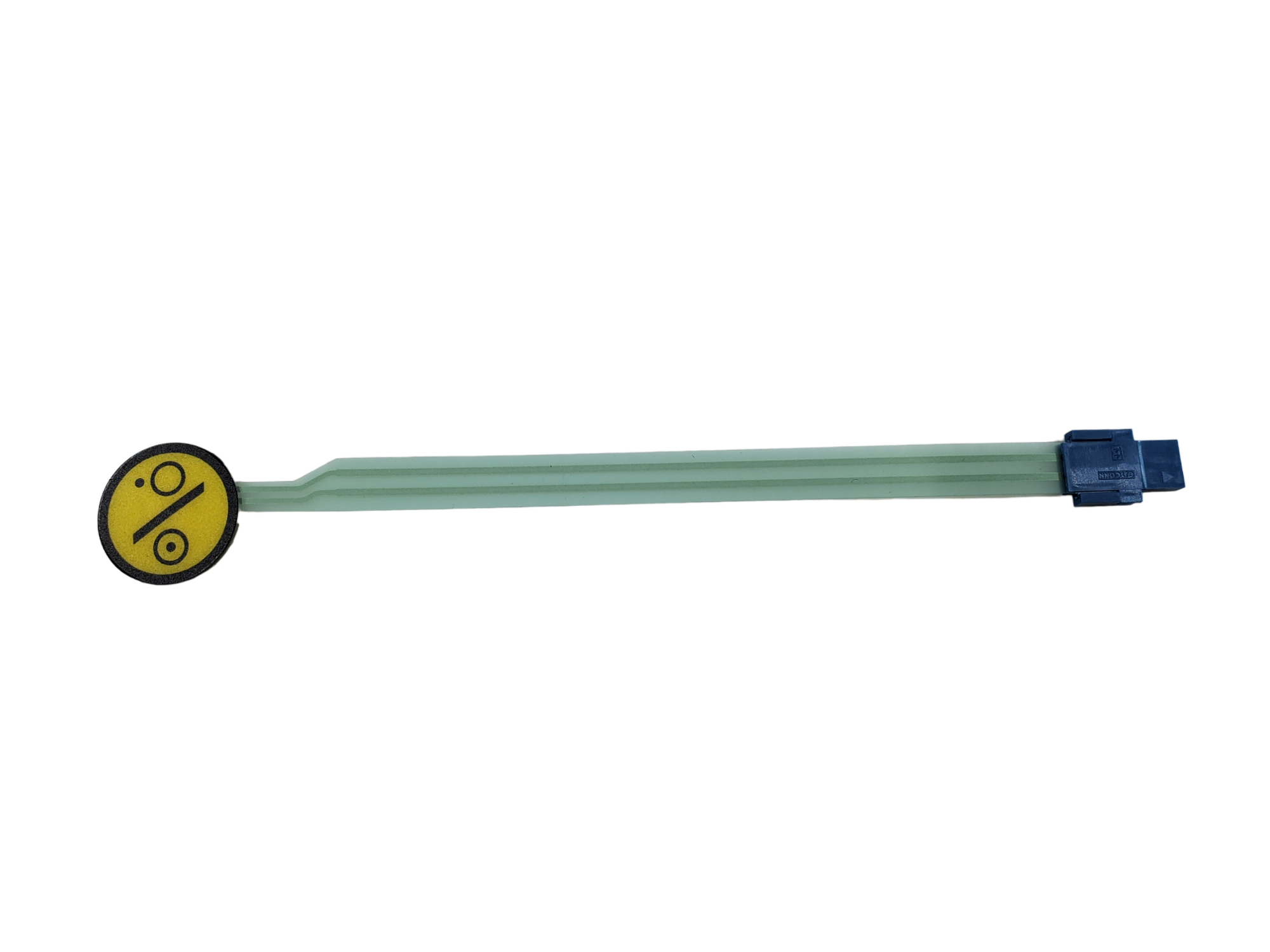Understanding Membrane Layer Switches Over: The Key to Dependable and durable Controls

What Are Membrane Buttons?
Membrane switches are an innovative solution in the realm of interface innovation, integrating performance and style effortlessly. These devices act as an interface in between users and electronic systems, integrating several components right into a portable layout. Normally built from adaptable, slim layers of materials, membrane layer switches are designed to reply to touch, enabling customers to interact with equipment and electronic tools properly.
The main aspects of a membrane layer switch include a printed circuit layer, graphic overlay, and a spacer layer that stops unintended activation. The graphic overlay can be tailored to reflect brand identification or user choices, improving appearances while making certain usability. Membrane layer switches are typically utilized in different applications, consisting of medical gadgets, customer electronic devices, and industrial equipment, owing to their resilience and resistance to ecological variables such as wetness and dust.
One of the essential benefits of membrane switches is their ability to hold up against wear and tear, making them excellent for high-traffic atmospheres. In addition, they are lightweight and require marginal area, permitting ingenious layouts in product growth. Overall, membrane switches over represent a effective and useful selection for contemporary digital user interfaces, marrying technology with user-centric style concepts.
Just How Membrane Changes Work
The operation of membrane switches over joints on a basic yet effective system that converts individual input right into digital signals. When a user presses the switch, the leading layer flaws, allowing a conductive aspect in the circuit layer to make call with a corresponding conductive pad on the underside of the graphic overlay.
The style of membrane layer buttons can vary, however they usually incorporate domes or tactile aspects to supply responses to the user, enhancing the general experience - membrane switch. The materials utilized in membrane layer buttons, such as polyester or polycarbonate, add to their sturdiness and resistance to environmental aspects, consisting of dampness and dirt. In addition, the printed circuits are usually enveloped, which secures them from damage with time.
Benefits of Membrane Switches

Additionally, membrane switches are known for their resilience. Built from durable products, they are resistant to dirt, wetness, and physical wear, which considerably extends their lifespan compared to traditional mechanical switches. This resilience makes them specifically ideal for high-traffic settings and applications requiring durability.
One more substantial benefit is the simplicity of cleansing and upkeep. The smooth surface area of membrane layer switches over decreases dirt build-up and is usually resistant to spills, making them ideal for setups that call for constant sanitization.
Additionally, membrane layer right here switches offer a streamlined account, causing a thinner style that can be integrated into numerous tools without adding bulk. This attribute not just improves the aesthetic allure yet likewise adds to an extra ergonomic item style.
Applications of Membrane Buttons
Flexible and user-friendly, membrane buttons discover applications across a wide variety of markets, consisting of clinical devices, customer electronics, and commercial devices. In the clinical field, these buttons are essential to tools such as diagnostic equipment, person tracking systems, and mixture pumps, where dependability and ease of cleansing are crucial. Their capacity to stand up to harsh atmospheres and maintain capability makes them perfect for such applications.

In customer electronics, membrane layer buttons are utilized in items like microwaves, washing devices, and remotes - membrane switch. Their sleek style enables intuitive individual interfaces, boosting the overall individual experience while giving resilience and resistance to damage
Industrial devices likewise profits from membrane switches, especially in control his response panels for equipment and automation systems. These buttons supply protection against dust and wetness, ensuring consistent efficiency in tough atmospheres. In addition, their customizable features enable makers to customize them to details operational needs, enhancing efficiency and functionality.
Selecting the Right Membrane Layer Change
When choosing a membrane switch, it is vital to think about various elements that influence efficiency and viability for certain applications. The main considerations include ecological problems, tactile feedback, longevity, and layout specs.
First, examine the operating atmosphere; switches revealed to wetness, chemicals, or extreme temperatures call for certain materials to ensure long life and capability. Next, evaluate the demand for tactile feedback. Relying on customer interaction, some applications might benefit from a tactile action to verify activation, while others might like a non-tactile style for visual reasons.
Resilience is an additional important element; membrane layer switches should be created to endure constant use, influences, and abrasion. Make sure the selected button can endure the anticipated lifecycle, particularly in high-usage circumstances.

Final Thought
Finally, membrane layer changes function as essential parts in the style of trustworthy and long lasting control systems across numerous industries. Their portable style, combined with robust construction and personalized features, boosts individual communication while making sure longevity sought after environments. The adaptability of membrane layer switches over enables for tailored remedies that satisfy details operational requirements, enhancing their value in modern-day technology. As industries proceed to evolve, the value of integrating efficient membrane layer switch options can not be overemphasized.
Membrane switches represent a vital facet of modern-day user interface design, blending functionality with resilience in different applications.Membrane switches are an advanced option in the world of customer interface modern technology, incorporating capability and layout flawlessly. Typically constructed from flexible, thin layers of materials, membrane layer buttons are developed to respond to touch, allowing individuals to communicate with machinery and electronic devices effectively.
The design of membrane layer buttons can differ, however they typically integrate domes or tactile components to give responses to the customer, improving the general experience.In conclusion, membrane switches over offer as necessary elements in the design of durable Recommended Site and dependable control systems throughout different industries.
Comments on “How Membrane Switch Technology is Revolutionizing User Interfaces”